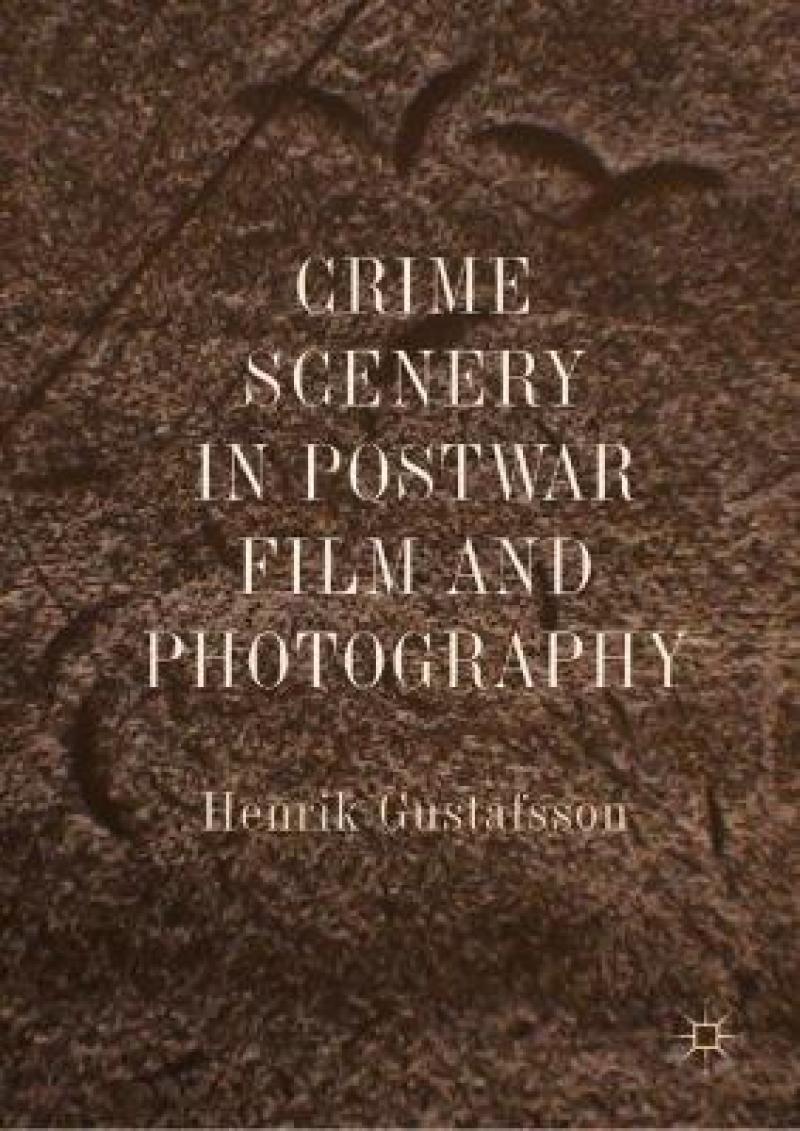“As this is a film and television journal review, I’ll leave the photographers aside and concentrate on Gustafsson’s selection and analysis of the films. He systematically examines works that together cover a significant geographical and chronological stretch and are all preoccupied with more or less detectable traces left in a landscape by warfare … . All in all, Gustafsson’s book successfully argues that reports about the death of landscape as an art form have been greatly exaggerated.” (Andrei Rogatchevski, Historical Journal of Film, Radio and Television, March 10, 2022)
“Where W.J.T. Mitchell speculates that landscape is an exhausted medium for the arts, Henrik Gustafsson finds a new imperative to look at landscape once again, this time to pay attention to the sites where violence has taken place, often without leaving trace. These ‘crime scenes’, it is persuasively argued, are the sites for artistic fieldwork practices that interrogate our relation to trauma, absence and the experience of secondary witnessing. Working forensically, patiently across a compelling selection of film and photographic works, Gustafsson in Crime Scenery invites us to see the aesthetics of landscape as an imminently political interface.” (Janet Harbord, Queen Mary University of London, UK)
